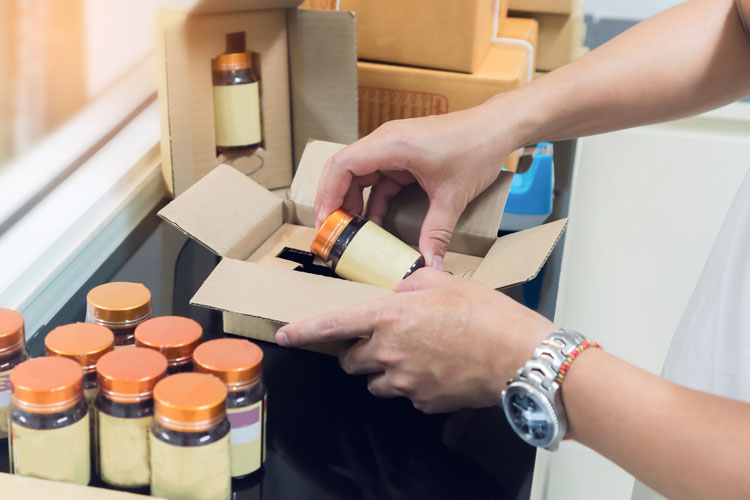Packaging plays a crucial role in protecting products, enhancing brand identity, and optimizing logistics. However, even small packaging mistakes can lead to product damage, increased costs, and dissatisfied customers. Here are some of the most common packaging mistakes—and how to avoid them.
1. Choosing the Wrong Box Size
Using a box that is too large or too small for the product. Oversized boxes lead to wasted space and higher shipping costs, while undersized boxes increase the risk of damage.
Choose a box that fits your product snugly, allowing just enough room for protective packaging materials. Consider using custom-sized boxes to reduce excess space and improve protection.
2. Insufficient Cushioning & Protection
Failing to use adequate protective materials, leading to product damage during transit.
Use the right cushioning materials, such as bubble wrap, foam inserts, or air pillows. Fragile items should have at least 2 inches of padding on all sides. Also, consider impact-resistant packaging for delicate or high-value products.
3. Ignoring Sustainable Packaging Options
Relying on excessive plastic, non-recyclable materials, or overpackaging, which can harm the environment and deter eco-conscious customers.
Opt for recyclable, compostable, or biodegradable packaging materials. Use minimal packaging while still ensuring product safety. Educate your customers about how to dispose of packaging responsibly.
4. Poorly Sealed Packages
Using weak tape, improper sealing methods, or failing to secure the package properly, leading to package failure during transit.
Use high-quality packaging tape, preferably a strong adhesive such as water-activated tape (WAT). Ensure all seams are properly sealed using the H-tape method for added security.
5. Overlooking Branding & Labeling
Using generic, unattractive packaging or failing to include clear branding and essential labeling.
Invest in branded packaging that enhances your company’s image and improves customer experience. Make sure your packaging includes necessary information, such as product details, handling instructions, and return policies.
6. Not Testing Packaging Before Shipping
Assuming that packaging is effective without testing its durability and functionality in real-world conditions.
Perform drop tests, compression tests, and environmental tests to ensure your packaging can withstand transportation stress. Gather customer feedback to identify potential weaknesses.
7. Neglecting Packaging Compliance & Regulations
Failing to meet industry-specific packaging regulations, leading to potential fines, shipment delays, or product recalls.
Stay up to date on industry standards and regulations, such as FDA requirements for food packaging or hazardous material packaging guidelines. Work with packaging experts to ensure compliance.
8. Using Excessive Packaging Materials
Streamline your packaging design to use only necessary materials while maintaining protection. Consider using innovative designs that reduce waste and improve efficiency.
Over packaging products with unnecessary layers of material, increasing costs and frustrating customers.
9. Ignoring the Customer Experience
Creating a frustrating unboxing experience, such as hard-to-open packages, excessive tape, or unattractive presentation.
Design packaging that is easy to open, aesthetically pleasing, and enhances the customer experience. The unboxing moment is a branding opportunity—make it memorable!
10. Not Considering Shipping & Storage Efficiency
Choosing packaging that is difficult to stack, store, or transport efficiently, leading to higher logistics costs.
Use packaging that optimizes palletization and storage. Consider lightweight, compact materials to reduce shipping expenses. Work with a packaging distributor to find cost-effective solutions.
Final Thoughts
Avoiding these common packaging mistakes can help businesses save money, improve customer satisfaction, and enhance their brand reputation. At Flexpak, we specialize in customized packaging solutions designed to prevent these pitfalls and optimize your packaging process.




